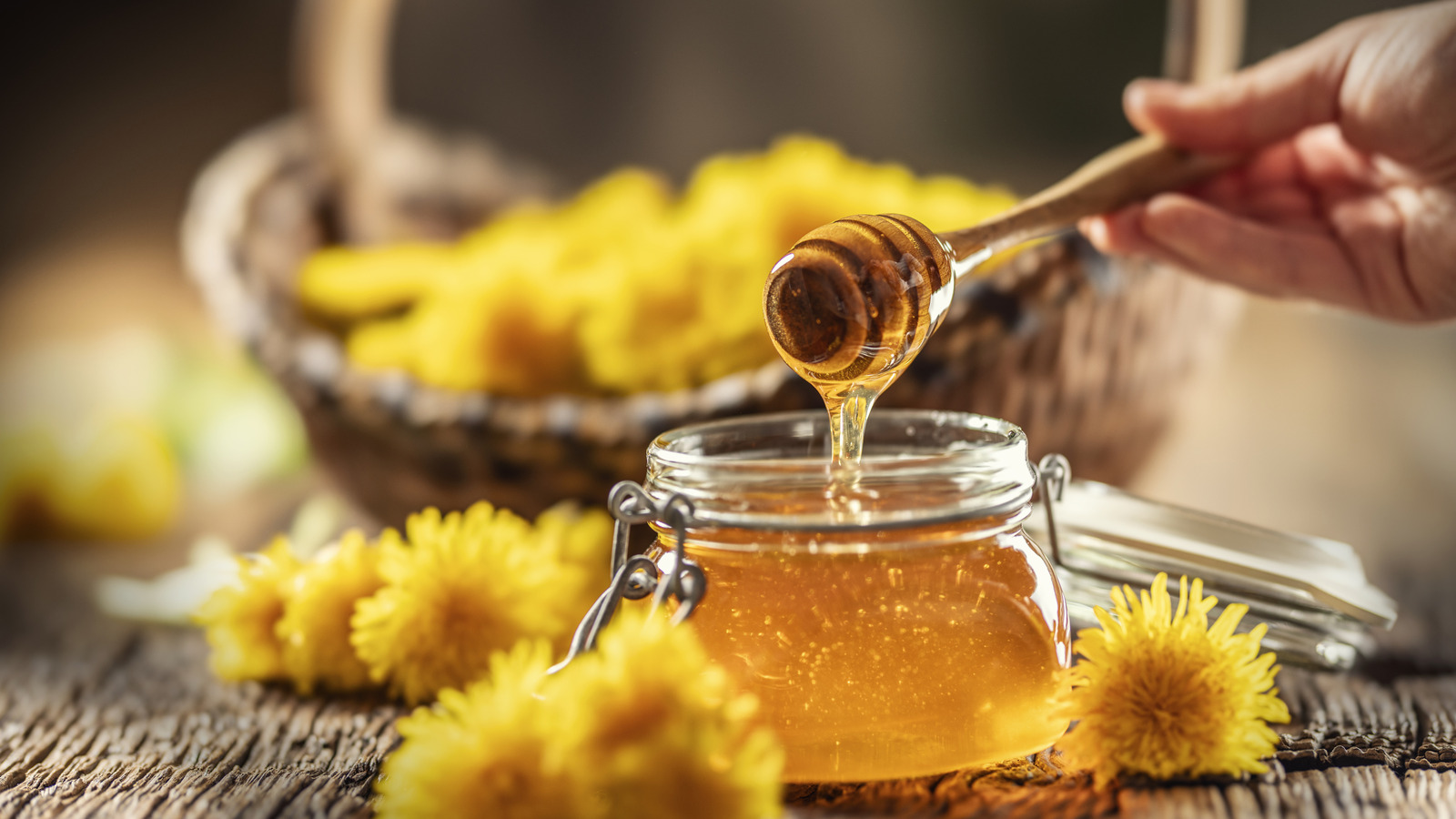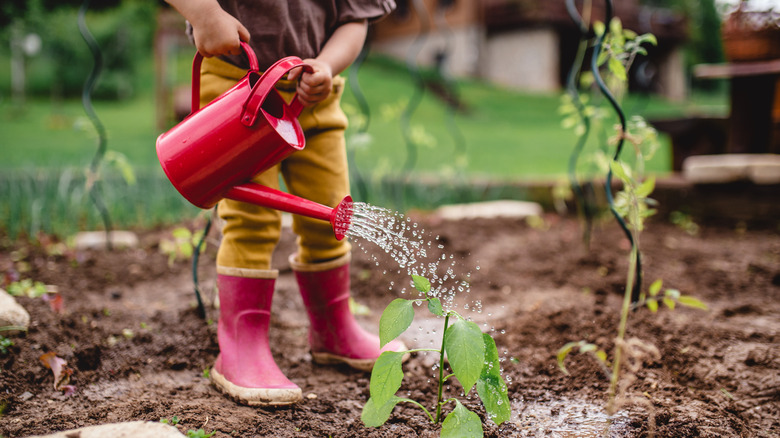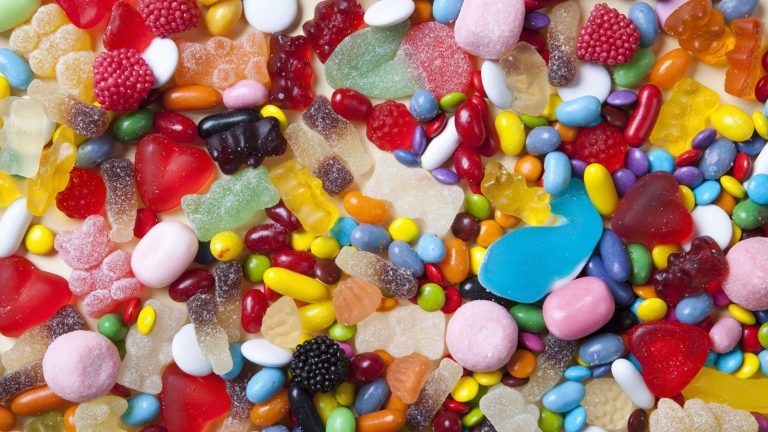They say you catch more flies with honey, but can you also grow lusher, healthier plants with it? The answer is yes. So, if you’ve got leftover honey sitting around, make use of it in your garden. It’s pretty incredible how many things we already have in our kitchens can be repurposed into gardening game-changers. You can use the water from boiling potatoes to feed your growing veggies. You can start seeds in used tea bags. You can even nourish your soil with vodka, red pepper flakes, used coffee grounds, and more. Honey, though, is an especially impactful natural fertilizer. When you’re going about your day, spooning it into your tea or baking with it, consider sharing the sweet wealth with your garden.
The easiest way to turn your honey into a natural fertilizer is to mix it up into a liquid you can spray. It will need to be diluted to reach that consistency, so stir 1 or 2 tablespoons into a gallon of water until it’s totally dissolved. Fill a spray bottle and use this to mist your plants’ leaves. You can also use the same water-and-honey mixture in your watering can, applying it where your plants meet the soil. This won’t completely take over your regular fertilizing routine, but rather will make that routine even more successful. Incorporate the honey mix into your watering and fertilizing once or twice a month to see results.
Why honey is a good fertilizer, and what types work best
The most important nutrients for fertilizer to have are potassium, nitrogen, and phosphorus. Zinc, iron, magnesium, sulfur, and calcium are some of the nutrients that aren’t as vitally necessary, but that are still super helpful for plants to thrive. Honey boasts potassium and calcium, and often zinc and iron. What’s cool about honey is that it brings gardening full circle: Its nutrients help plants grow, bees pollinate those plants and produce honey, and the cycle continues, promoting healthy flowers, herbs, veggies, and more.
Honey is also microbial, and its microbes help keep soil healthy. As if that wasn’t enough, honey can also deter pests when it’s sprayed on plants’ leaves, and its sugars aid in plants’ ability to get all of those nutrients from the soil and therefore grow better and stronger. When plants are stronger, have more nutrients, and are growing in healthy soil, this keeps typical potential harm factors like diseases at bay.
There are 26 different types of honey, but conveniently, all of them have at least some basic level of these properties and would work as a fertilizer supplement. Darker honey often has higher amounts of those nutrients, and raw honey is a significantly better source of vitamins and minerals than pasteurized honey. Manuka honey, in particular, is especially nutrient-dense. But you can see a boost in plant health from wildflowers, acacia, clover, and more.






